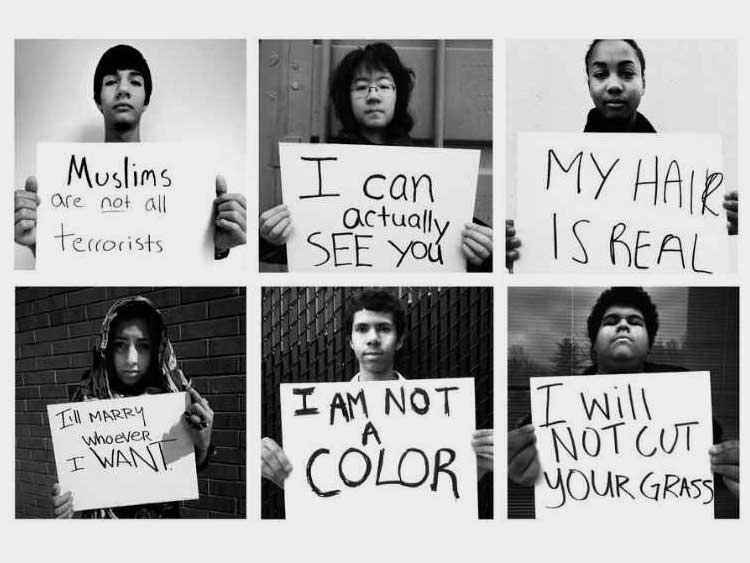Are ‘diversity’ and ‘inclusiveness’ part of your organization’s core values? And what percentage of your senior management positions is held by women and other aspects of diversity? Probably not more than 20-30%? Meet your unconscious bias: the thought patterns, assumptions and interpretations that assume that the male candidate is just more suited for the top job than anyone else.
Diversity and inclusiveness are not just a noble cause; extensive research shows that a lack of diversity creates “group think,” while diverse viewpoints produce more creativity and innovation. But organizations I work with and talk to often find themselves facing the challenge of translating such organizational values into behaviours to foster desired organizational culture. Their beliefs may tell one thing, but the behaviours often unconsciously and unintentionally demonstrate something different. Our biases, or better know as Implicit Associations (IA’s) have a strong dysfunctional impact on organizational and societal culture. Or worse: when your organizational values are not lived through exemplary but contradictory behaviour, they actually become a catalyst for a culture of distrust. Just have a look at your organizations’ website ‘about us’ and do the inner test.
Implicit associations develop from a very early age through exposure to direct and indirect messages, early life experiences, and for instance media. It causes us to have feelings and attitudes about other people based on race, ethnicity, age and gender. While all these biases protect us from our fears, they can also hold us back from achieving to the best of our ability. It is therefore important to be aware how our biases play out in every day collaboration, decision-making and leadership. Because of our cognitive brain, humans have the unique ability to introspectively identify and even change the attitudes we hold. We can consciously examine the contents of our own minds and manipulate them, as we deem necessary.
Unlike the beliefs we hold, unconscious biases are rooted in different parts of the human brain. For example in the amygdala, which is part of the limbic system and responsible for emotions, survival instincts and memory. It is also critical for fear learning: whom or what we can trust and what or whom not. This is essential to understand in relation to unconscious bias as they may well contradict our beliefs that are rooted more consciously. In other words, your “I believe in diversity” may unconsciously be distorted by your bias; you may unconsciously ‘fear’ that other person because of a preference for another group and inadvertently behave in discriminatory ways. When you are aware of them, it becomes much easier to display behaviour that does support your beliefs and as such drive positive change.
As much as I believe in progressive liberal values, I decided to take the test and discovered some interesting discrepancies between my conscious and unconscious too. Curious? Check out these online Harvard University IA tests on a myriad of subjects you can do in less than ten minutes. https://implicit.harvard.edu/implicit/takeatest.html




